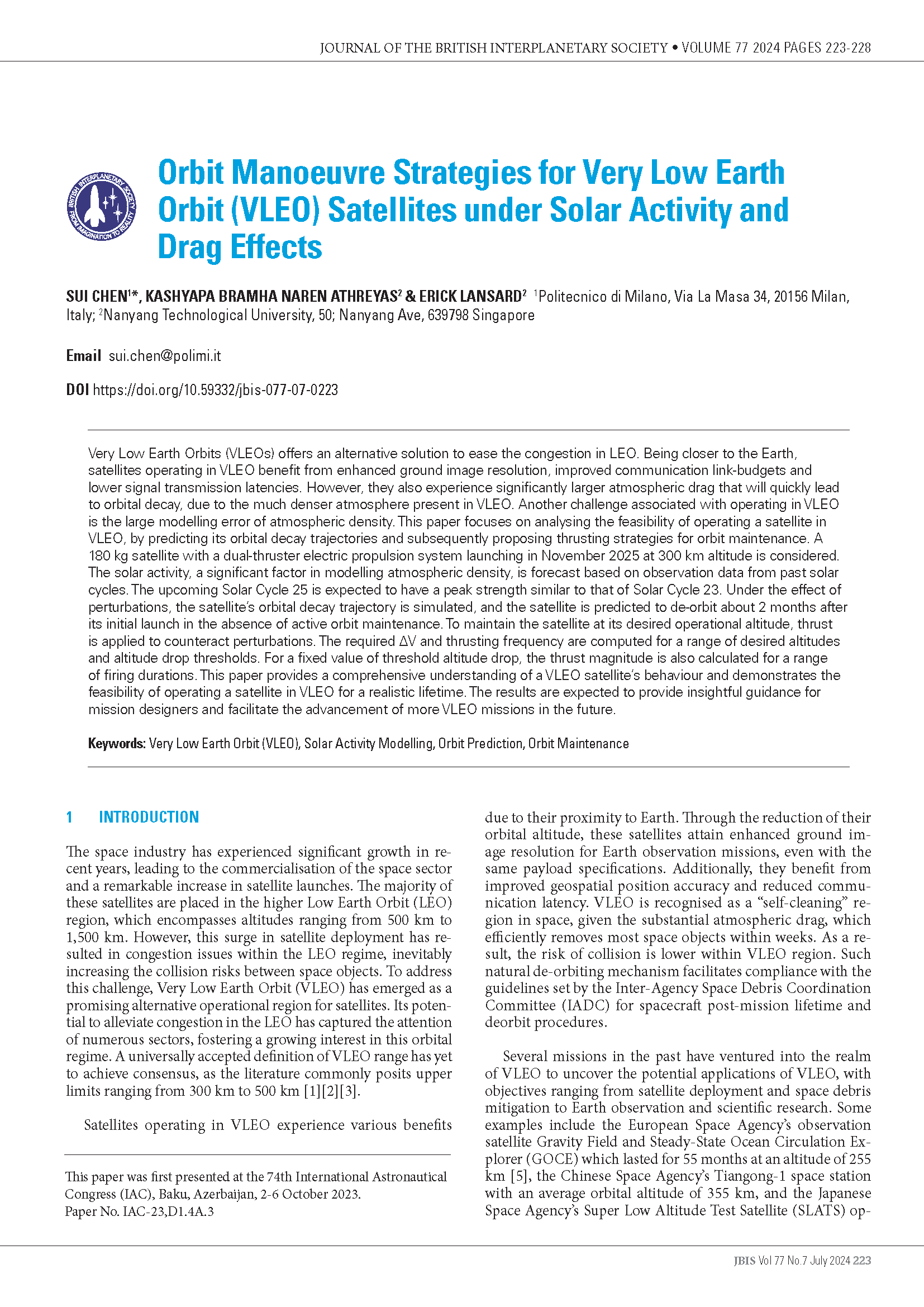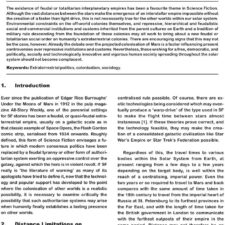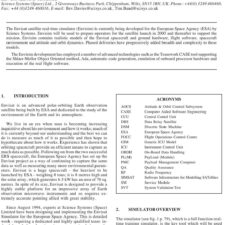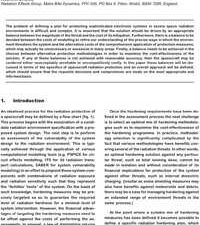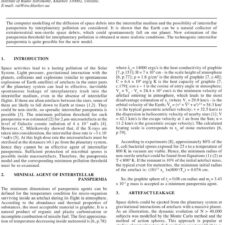Orbit Manoeuvre Strategies for Very Low Earth Orbit (VLEO) Satellites under Solar Activity and Drag Effects
£5.00
Sui Chen, Kashyapa Bramha Naren Athreyas, & Erick Lansard (2024), JBIS, 77, pp. 223-228
Refcode: 2024.77.0223
DOI: https://doi.org/10.59332/jbis-077-07-0223
Very Low Earth Orbits (VLEOs) offers an alternative solution to ease the congestion in LEO. Being closer to the Earth, satellites operating in VLEO benefit from enhanced ground image resolution, improved communication link-budgets and lower signal transmission latencies. However, they also experience significantly larger atmospheric drag that will quickly lead to orbital decay, due to the much denser atmosphere present in VLEO. Another challenge associated with operating in VLEO is the large modelling error of atmospheric density. This paper focuses on analysing the feasibility of operating a satellite in VLEO, by predicting its orbital decay trajectories and subsequently proposing thrusting strategies for orbit maintenance. A 180 kg satellite with a dual-thruster electric propulsion system launching in November 2025 at 300 km altitude is considered. The solar activity, a significant factor in modelling atmospheric density, is forecast based on observation data from past solar cycles. The upcoming Solar Cycle 25 is expected to have a peak strength similar to that of Solar Cycle 23. Under the effect of perturbations, the satellite’s orbital decay trajectory is simulated, and the satellite is predicted to de-orbit about 2 months after its initial launch in the absence of active orbit maintenance. To maintain the satellite at its desired operational altitude, thrust is applied to counteract perturbations. The required ΔV and thrusting frequency are computed for a range of desired altitudes and altitude drop thresholds. For a fixed value of threshold altitude drop, the thrust magnitude is also calculated for a range of firing durations. This paper provides a comprehensive understanding of a VLEO satellite’s behaviour and demonstrates the feasibility of operating a satellite in VLEO for a realistic lifetime. The results are expected to provide insightful guidance for mission designers and facilitate the advancement of more VLEO missions in the future.
Keywords: Very Low Earth Orbit (VLEO), Solar Activity Modelling, Orbit Prediction, Orbit Maintenance

